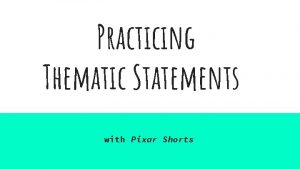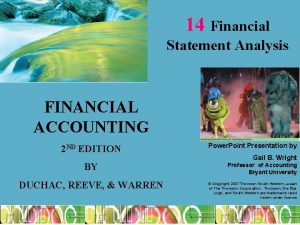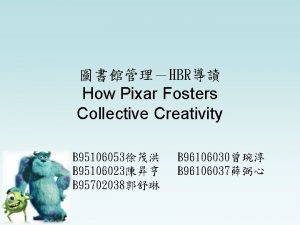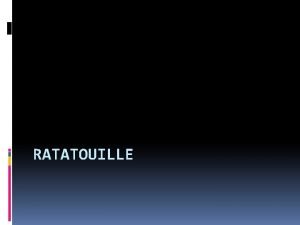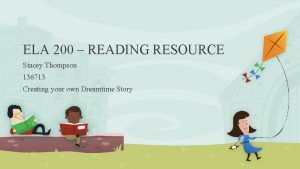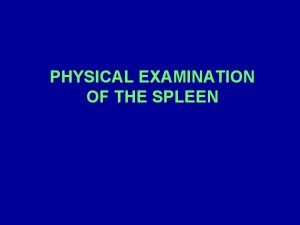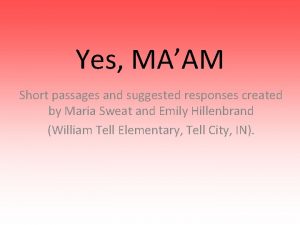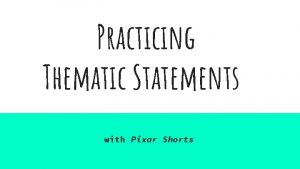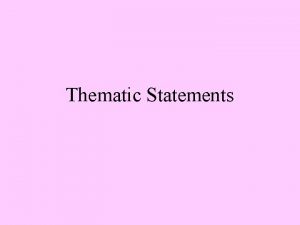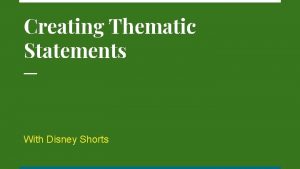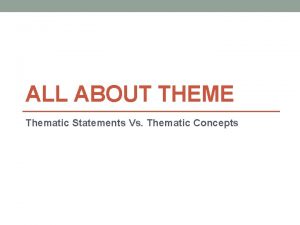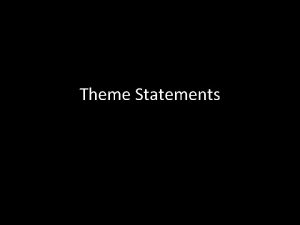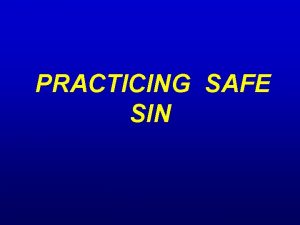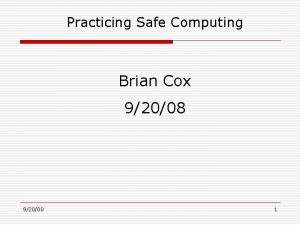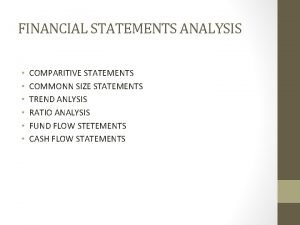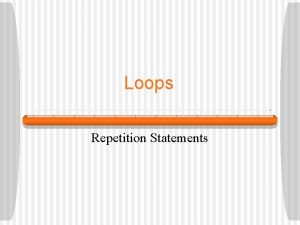Practicing Thematic Statements with Pixar Shorts What IS











- Slides: 11

Practicing Thematic Statements with Pixar Shorts

What IS a Theme Anyway? - Theme is the central message of a literary work. It is not the same as a subject, which can be expressed in a word or two: courage, survival, war, pride, etc. The theme is the idea the author wishes to convey about that subject. It is expressed as a sentence or general statement about life or human nature. A literary work can have more than one theme, and most themes are not directly stated but are implied. The reader must think about all the elements of the work and use them to make inferences, or reasonable guesses, as to which themes seem to be implied.

Consider this. . . A theme is a meaning of a piece of writing. (Yes, there can be more than one “meaning. ”) Can the meaning of a work be love? hate? greed? No—that makes no sense! Those are just topics, not themes. The theme is the statement an author is making about a topic.

Where to Start? Begin by using several abstract words to state the principal ideas of the work (topics that the piece is really about). Abstract words describe concepts or ideas that exist only in our minds like alienation, prejudice, ambition, freedom, love, loyalty, passion, etc. For this assignment, you will combine those abstract ideas with comments that reflect the author’s observations about human nature, the human condition, or human motivation. In other words, what is the author saying about the abstract idea? Is he/she, for example, saying something about the qualities of people and/or commenting on society?

Things to Avoid A theme is NOT a moral, a directive, or an order. A moral/directive/order tells us how to behave or what to do. A theme observes, weighs, and considers actions and ideas, but it avoids judging what people should or should not do; therefore, words like “should” and “ought” are not appropriate in a thematic statement. Also not appropriate is an order/directive such as “Be nice to elderly people” or“Love like there’s no tomorrow. ”· Themes are NOT trite sayings (clichés, maxims, or aphorisms) such as “Actions speak louder than words, ” “Love hurts, ” or “Absence makes the heart grow fonder. ” ·

A couple more things to avoid Themes do NOT refer to the specific names or events of a particular literary piece. A theme does not summarize a work, but it does reflect what happens in the work. A theme drops character names and uses more general terms like “parents, ” “leaders, ” “society, ” or “young people” in a general observation about the human experience. · Themes avoid absolute terms such as “all, ” “none, ” “everything, ” or “always” because they indicate sloppy thinking; they are categorical, no exceptions. Terms like “we, ” “sometimes, ” or “often” suggest a more realistic view of the variety of human experiences.

Pixar Assignment Directions Provide a thematic statement for each of the Pixar Shorts in the slides that follow. Each of your thematic statements must be completed in the following structure. Thematic Idea + Statement About Thematic Idea + Qualifying Clause. Examples: - Courage allows people to attempt difficult tasks in their lives even when there is a chance of failing. - Independence is necessary to grow up, though it can be scary at times.

For the birds

Partly cloudy

La Luna

Dug’s special mission
